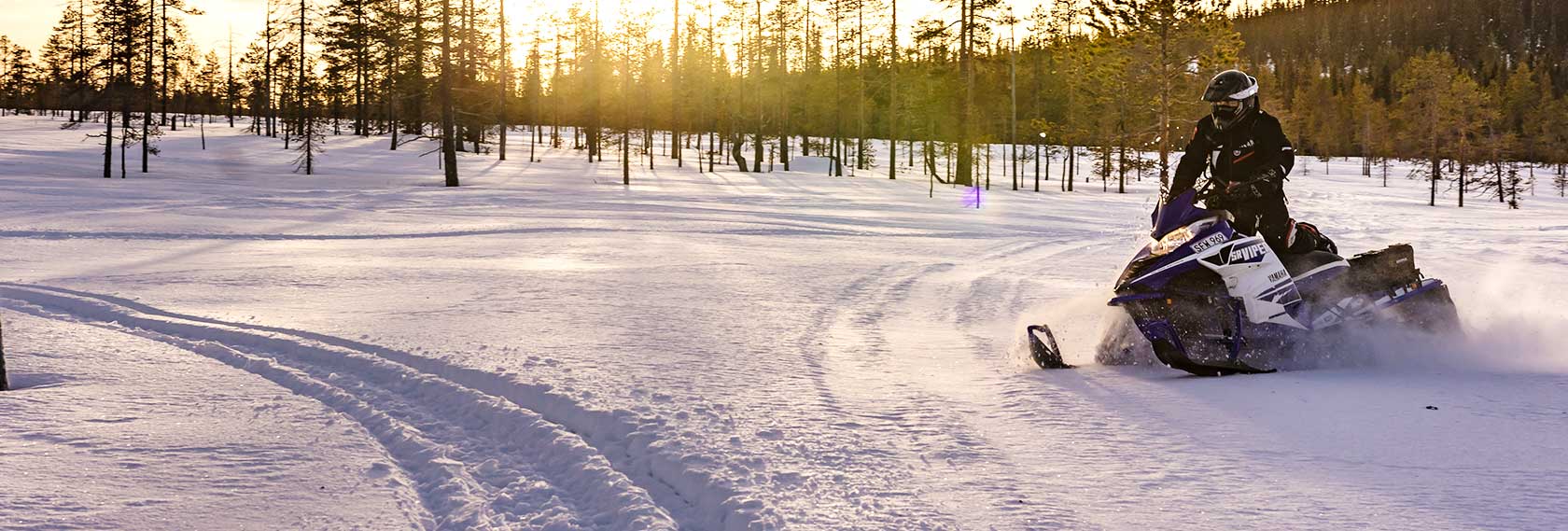

The topic of Conservation Restrictions (CR) is involving an ever-increasing amount of SAM’s time and attention, since it is within these CR’s, that to a great extent, the future of our recreation lie. In the October and November issues of “On The Trail With SAM,” Dan Gould presented two excellent articles highlighting several examples of the positive results, through the efforts of SAM and the clubs, that have garnered protections for some of our trails through CR’s.
What is a Conservation Restriction? Most of us have a general understanding of the concept of a CR, but for clarification, it is defined as “a voluntary agreement in which a landowner limits specified uses of his or her property while retaining ownership of the land.” Most, if not all CR’s, are unique as they are tailored to the desires of each landowner.
The most familiar restriction in a CR is one in which the landowner precludes future building development of the land. The CR would become part of the recorded deed. And, to qualify for federal tax deductions, a landowner would generally partner with a conservation commission or land trust.
A CR, however, can impact our trail system. In addition to limiting or eliminating development, a CR can also set limits or prohibitions on everything from forestry rules to hiking, and it may also have embedded in its language, restrictions that prohibit certain recreational activities such as motorized recreation or snowmobiling. That is why we must be proactive.
In today’s land-use arena, our trails are generally on property being increasingly viewed as a good application for a CR. Not only are land trusts looking to increase CR’s, but organizations such as watershed associations, open space committees, conservation commissions and advocacy groups are all ramping up efforts that utilize CR’s. SAM is actively involved in the process, too.
A large user of CR’s is the Massachusetts Department of Conservation and Recreation (DCR). In FY2012 the DCR spent $3.6 million for 26 land transactions that conserved over 2,000 acres and the DCR also has an active program to preserve a 20-mile corridor from Quabbin Reservoir to Mount Wachusett. The Franklin Land Trust just passed the milestone of preserving over 25,000 acres since their inception.
We can all help with this process by being ever vigilant of potential land transactions. Remember, action is needed before the land trades hands or a CR is implemented. We can also have a greater impact through increased awareness within SAM and by developing partnerships with the land protection community. This new awareness is evident, and as Dan’s article inferred, some of the older standard templates used to create CR’s have been updated to recognize snowmobiling as an accepted, low impact, environmentally friendly, family activity. Remember, snowmobilers are environmentalists.
Photo by Dan Gould